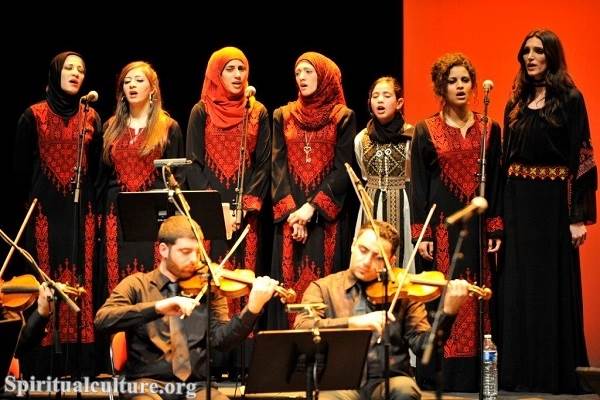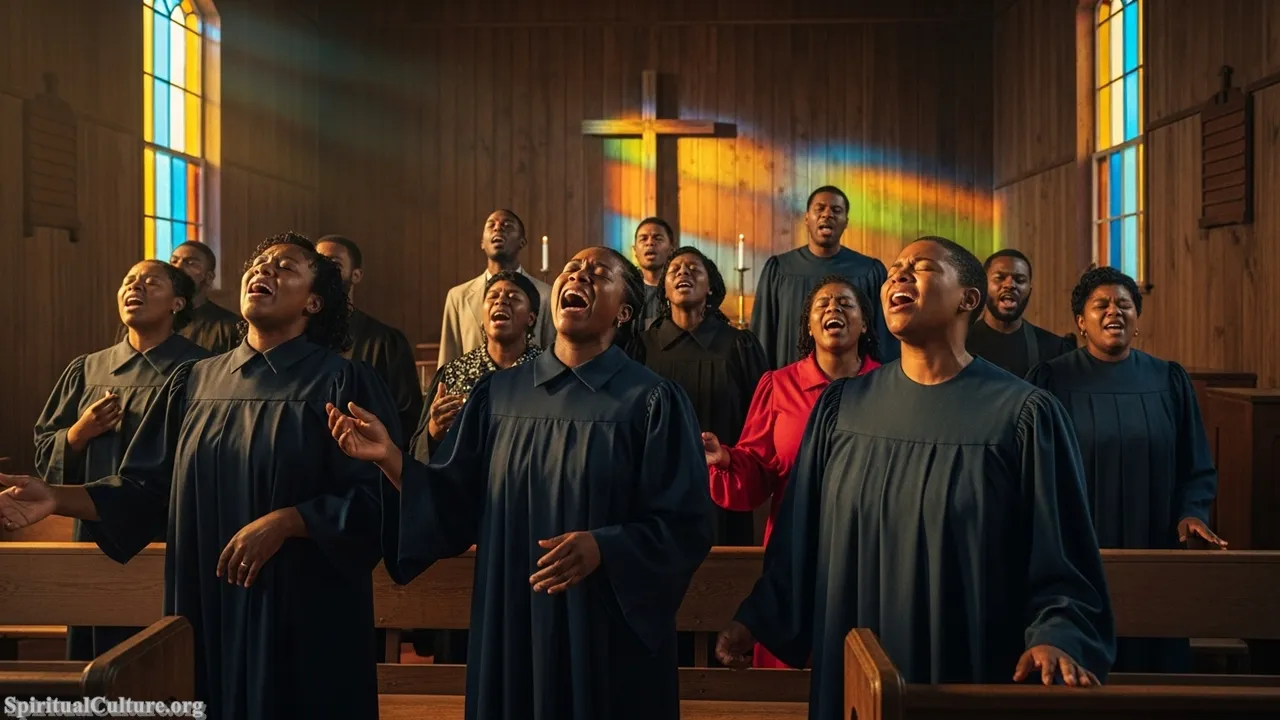Korean culture is deeply rooted in Confucianism, which emphasizes respect for authority, duty, and tradition. The family is the central unit of Korean society, and the country strongly emphasizes filial piety and loyalty to one’s elders.
Korean culture also has a strong artistic tradition, with a rich history of music, dance, and the visual arts. Korean music ranges from folk songs and traditional instruments to modern pop and rock. Korean dance includes both folk dances and traditional court dances, as well as contemporary styles. Korean visual arts include painting, sculpture, ceramics, and architecture.
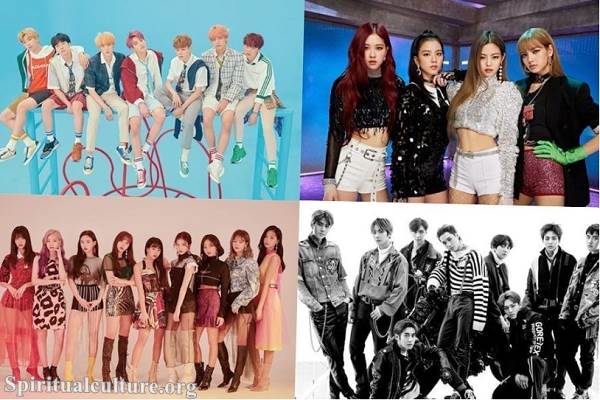
Korean food is an integral part of the country’s culture and is known for its bold flavors and use of spices. Korean cuisine includes a variety of dishes such as kimchi (pickled vegetables), bulgogi (grilled beef), and bibimbap (mixed rice with vegetables and meat).
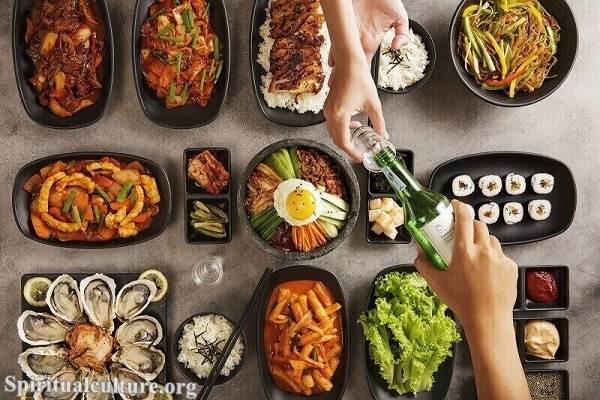
Korean culture includes traditional festivals and celebrations, such as Chuseok (a harvest festival) and Lunar New Year. These festivals often involve the exchange of gifts and the performance of traditional rituals and ceremonies.

Korean culture also includes several traditional customs and practices still followed today. For example, the Korean language has a complex system of formal and informal speech forms, and the use of these forms is based on the relationship between the speaker and the listener.
Korean culture also strongly emphasizes politeness and respect, and many social customs reflect this. For example, it is customary to bow when greeting someone and to use honorific titles when addressing or referring to others.
In terms of fashion and appearance, Korean culture strongly emphasizes maintaining a well-groomed appearance. Korean men and women often care about their appearance, and traditional clothing, such as the hanbok (a traditional Korean dress), is still worn on special occasions.
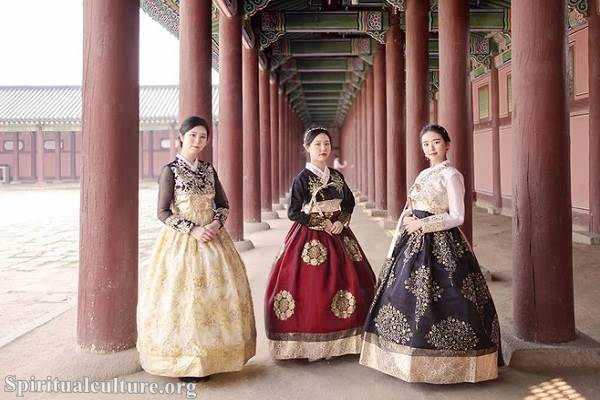
Korean culture is also closely tied to the country’s geography and climate. The country’s long, cold winters and hot, humid summers have had a major influence on traditional Korean architecture, designed to be energy efficient and take advantage of natural light and ventilation.
Korean culture is closely tied to its history and relationships with other countries. The country has a long and complex history, which has had a major impact on the development of Korean culture. For example, the country’s long history of conflict with Japan has influenced how the two countries view each other and the development of their respective cultures.
Korean culture is also reflected in the country’s art and literature. Korean art has a long and rich history and includes a variety of artistic traditions such as painting, sculpture, ceramics, and architecture. Korean literature, which has a history dating back over a thousand years, includes a range of genres such as poetry, fiction, and drama.
Korean literature and art have often been influenced by the country’s political and social developments and have played an important role in preserving and transmitting cultural traditions. For example, the traditional Korean art of calligraphy, which involves writing characters with a brush, has been used to preserve and transmit the country’s cultural and historical traditions.
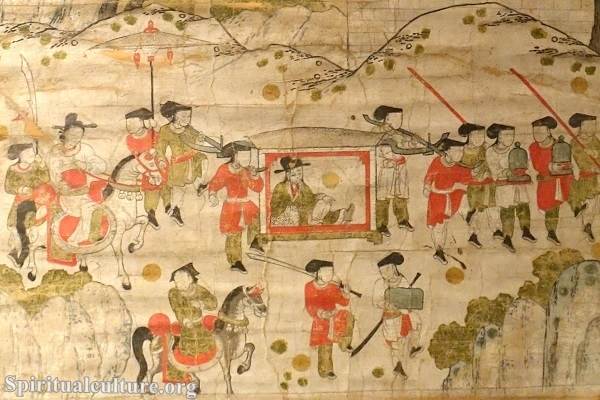
Korean culture is also reflected in the country’s language, which has a long and complex history. Korean is a language isolate, meaning it is not closely related to any other language and has a unique grammar and vocabulary. The Korean language is written using the Hangul alphabet, developed in the 15th century and composed of 14 consonants and 10 vowels.
Korean culture is also reflected in the country’s religious beliefs and practices. The majority of Koreans are Buddhists, although there are also significant numbers of Christians and followers of traditional Korean religions such as Confucianism and shamanism. These religions have had a major influence on the development of Korean culture and continue to play an important role in the country’s society and daily life.
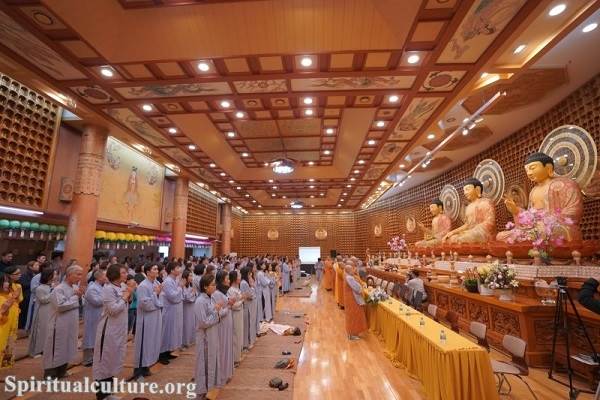
Overall, Korean culture is a unique and diverse blend of traditional and modern influences that reflects the country’s history, geography, and relationships with other countries.



